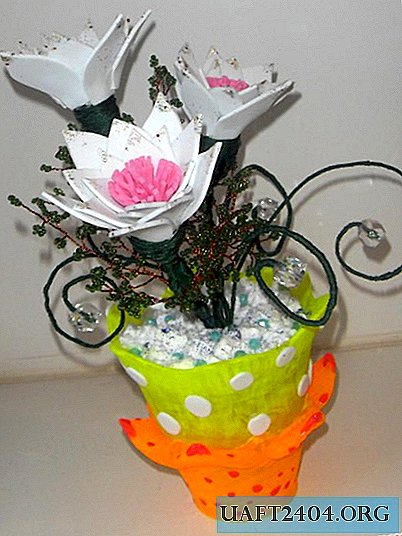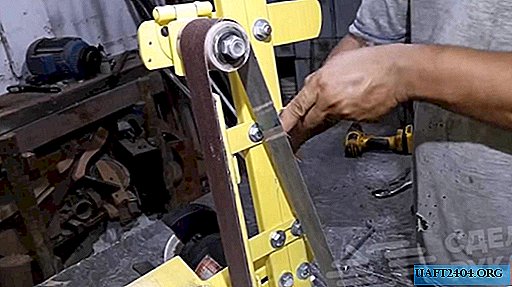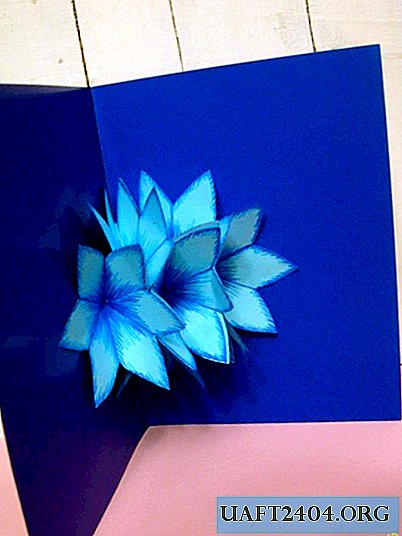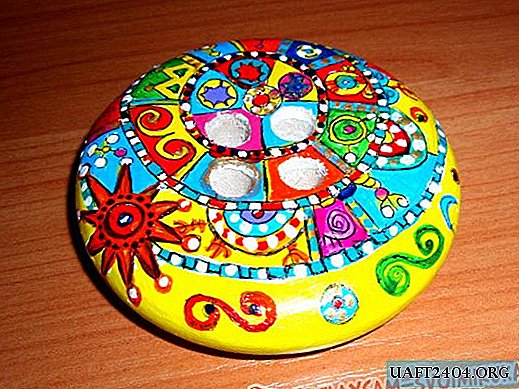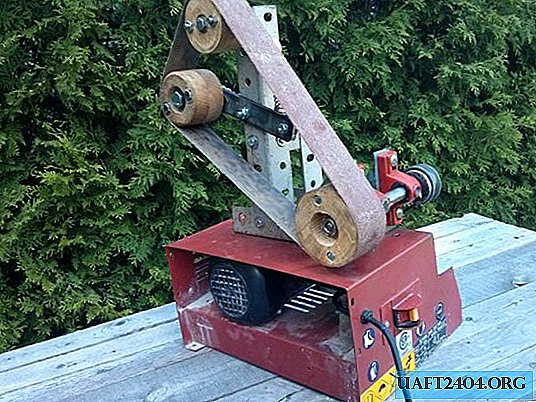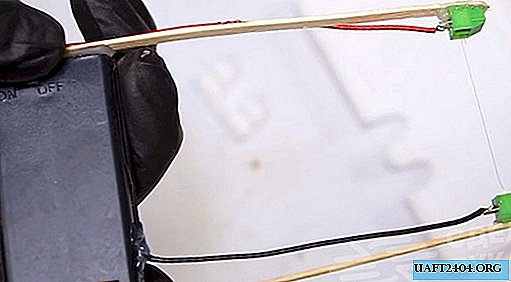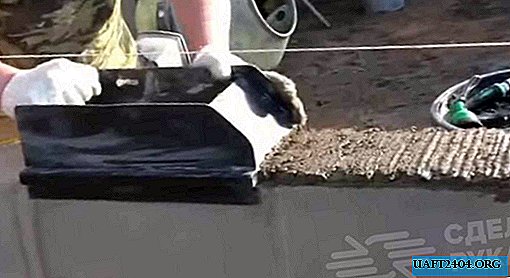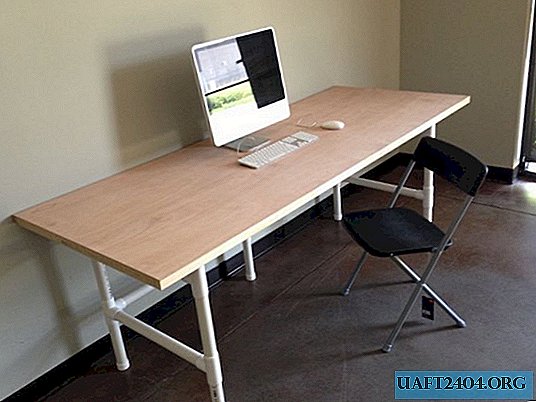Share
Pin
Tweet
Send
Share
Send
Now, with our own hands, we will assemble two versions of a diffraction spectroscope. A spectroscope is a device that allows you to study the spectrum of light, by diluting its spectral components along a specific axis. Light can be divided into monochromatic waves either due to the phenomenon of dispersion, or due to diffraction. In this case, we will use diffraction, since we have at our fingertips an excellent diffraction grating — a CD!
We will need a small cardboard box, a CD, glue, an opaque tube for the eyepiece.
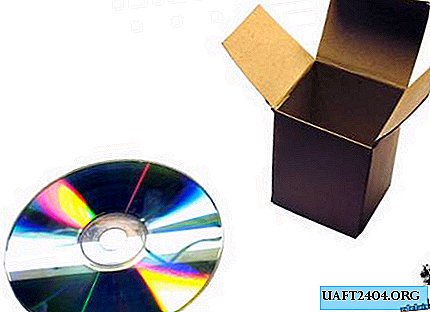
Scissors cut a piece of CD-ROM under the size of the box:

We mark the box so that the eyepiece is correctly installed. From optics we know that the angle of incidence is equal to the angle of reflection. But so we will see a window through which light will pass, and not diffraction maxima, so we will leave a place to the right of the line of the future window.


Then, after closing the box, we will select a suitable place for the input of light. To do this, we will carefully pierce the hole, and observe through the eyepiece. If in the eyepiece we see directly reflected light, then we glue the hole and pierce a new one a little further. And so on until a lot of colored dots line up along the line in the eyepiece. Then cut the window:

We will install a light knife from two razor blades on the window - so that the narrowest bunch of light gets into the box - so we will see the most clear picture.

If everything worked out, then we will see a diluted spectrum in the eyepiece. If the spectrum is not continuous (for example, from LDS or discharge lamps), then we will see a set of lines. Each line is a monochromatic component. In the photo, the top line is actually deep purple, just the camera distorted the color.

Second option
We will make a miniature spectroscope operating in transmitted light. To do this, cut out the CD as in the first version:

Using tape, remove the reflective substrate:

Glue the resulting diffraction grating instead of one of the walls of the match box:

On the opposite side, we also draw a light knife:

The resulting spectroscope also dilutes the spectrum, although it is slightly worse observed.

Source: licrym.org
Share
Pin
Tweet
Send
Share
Send

